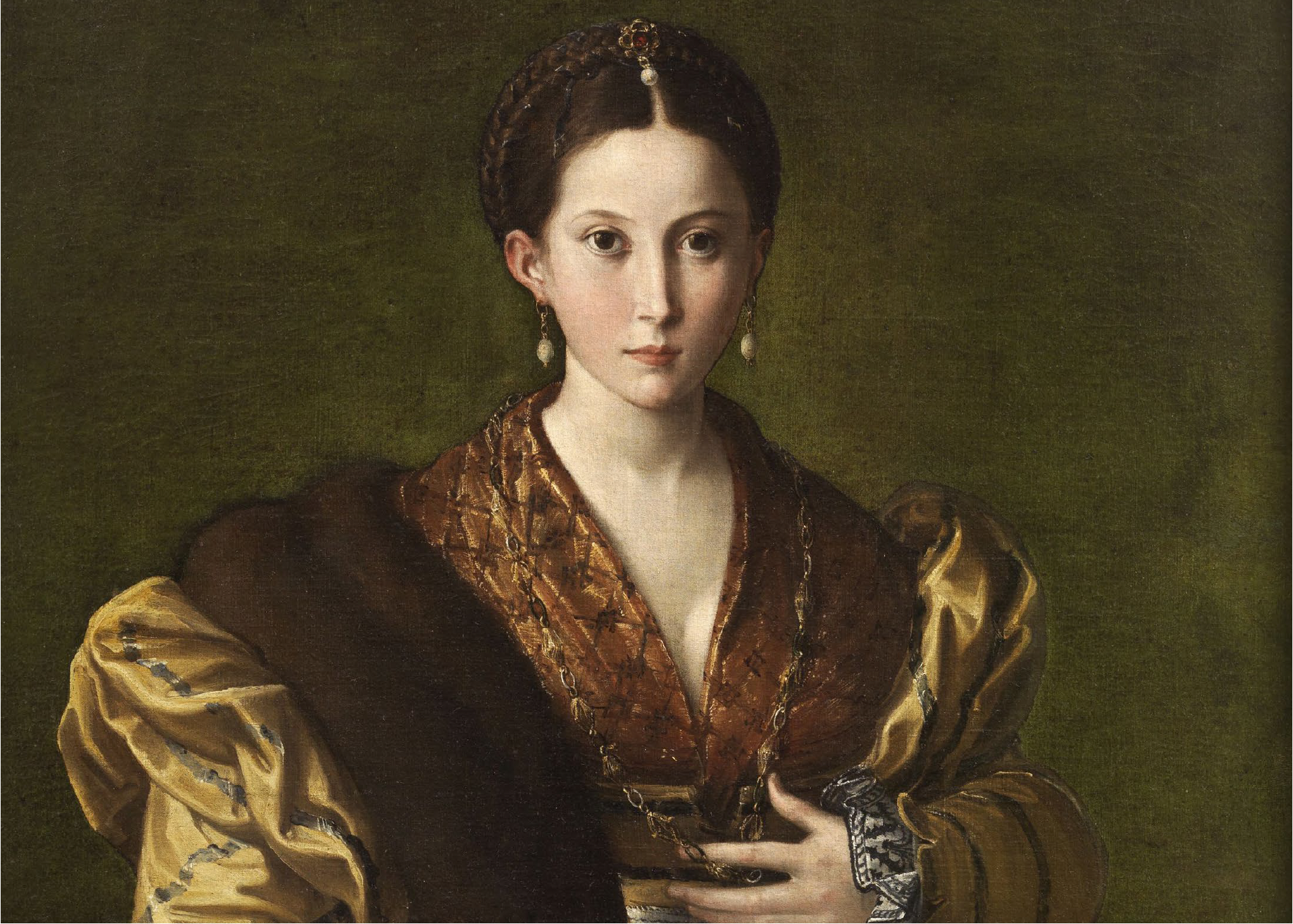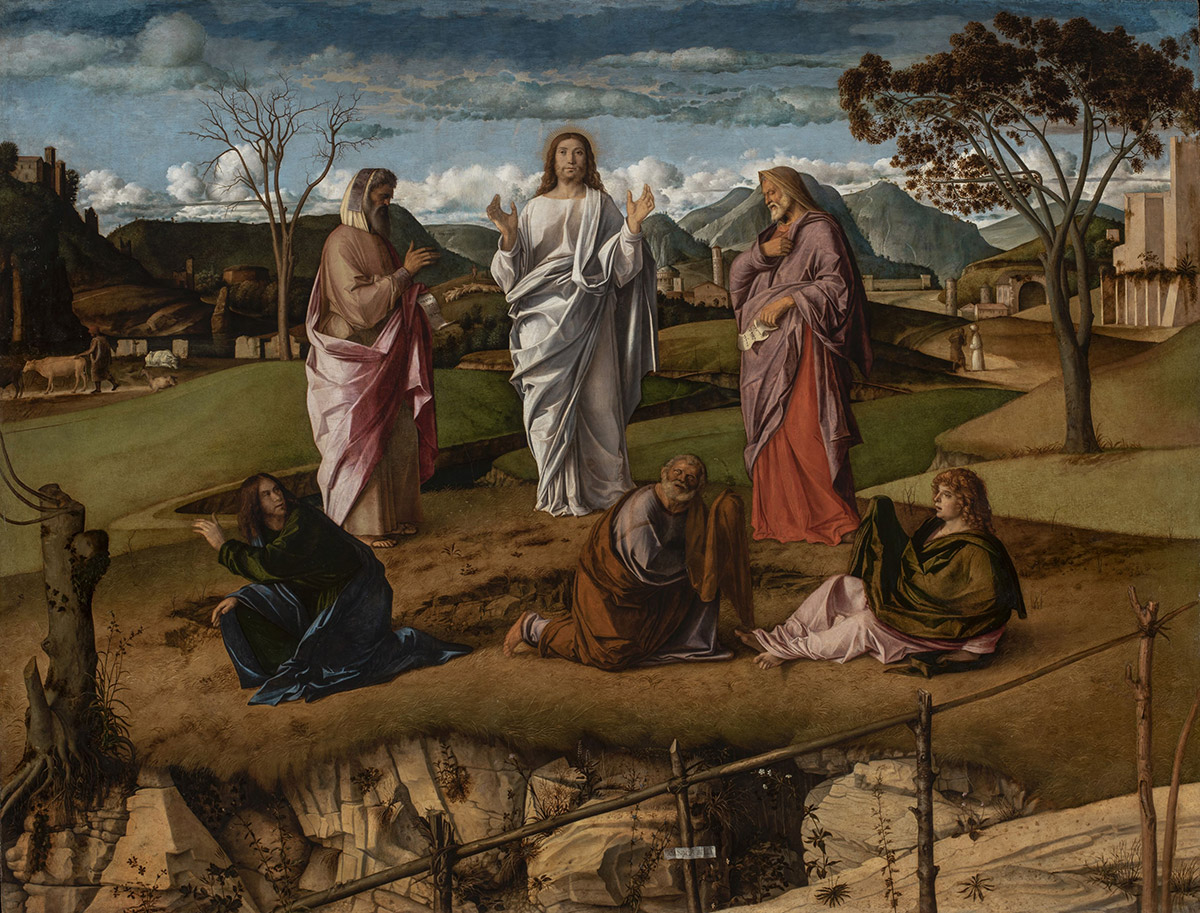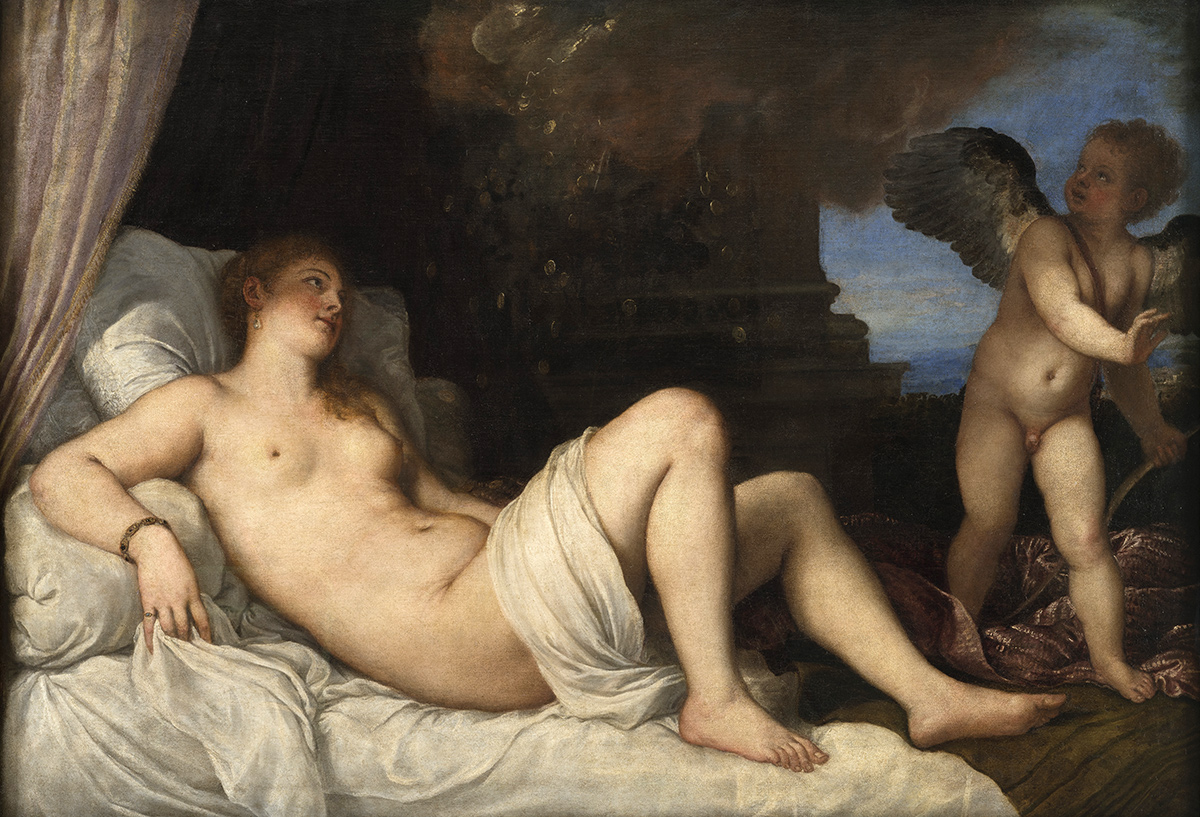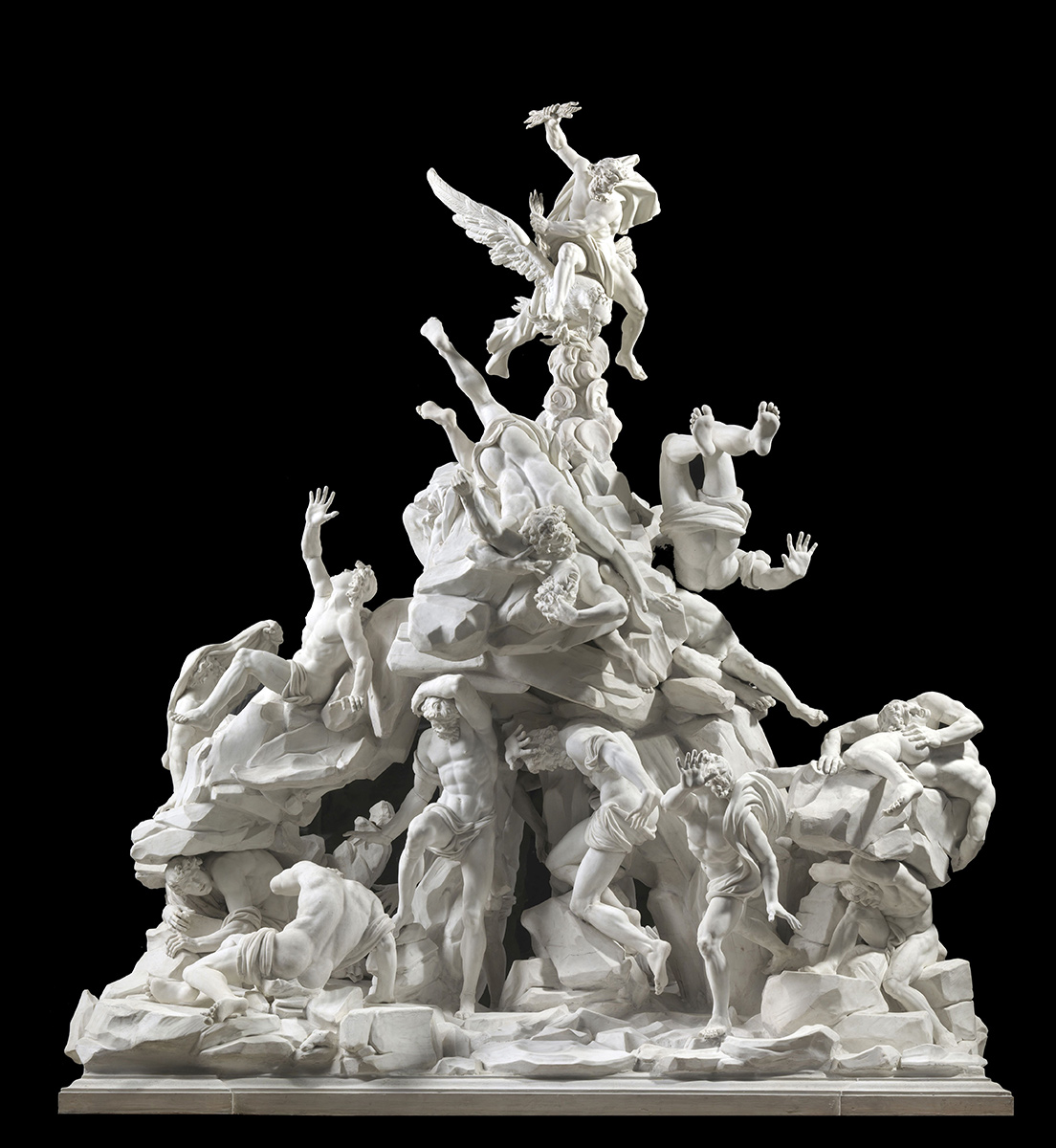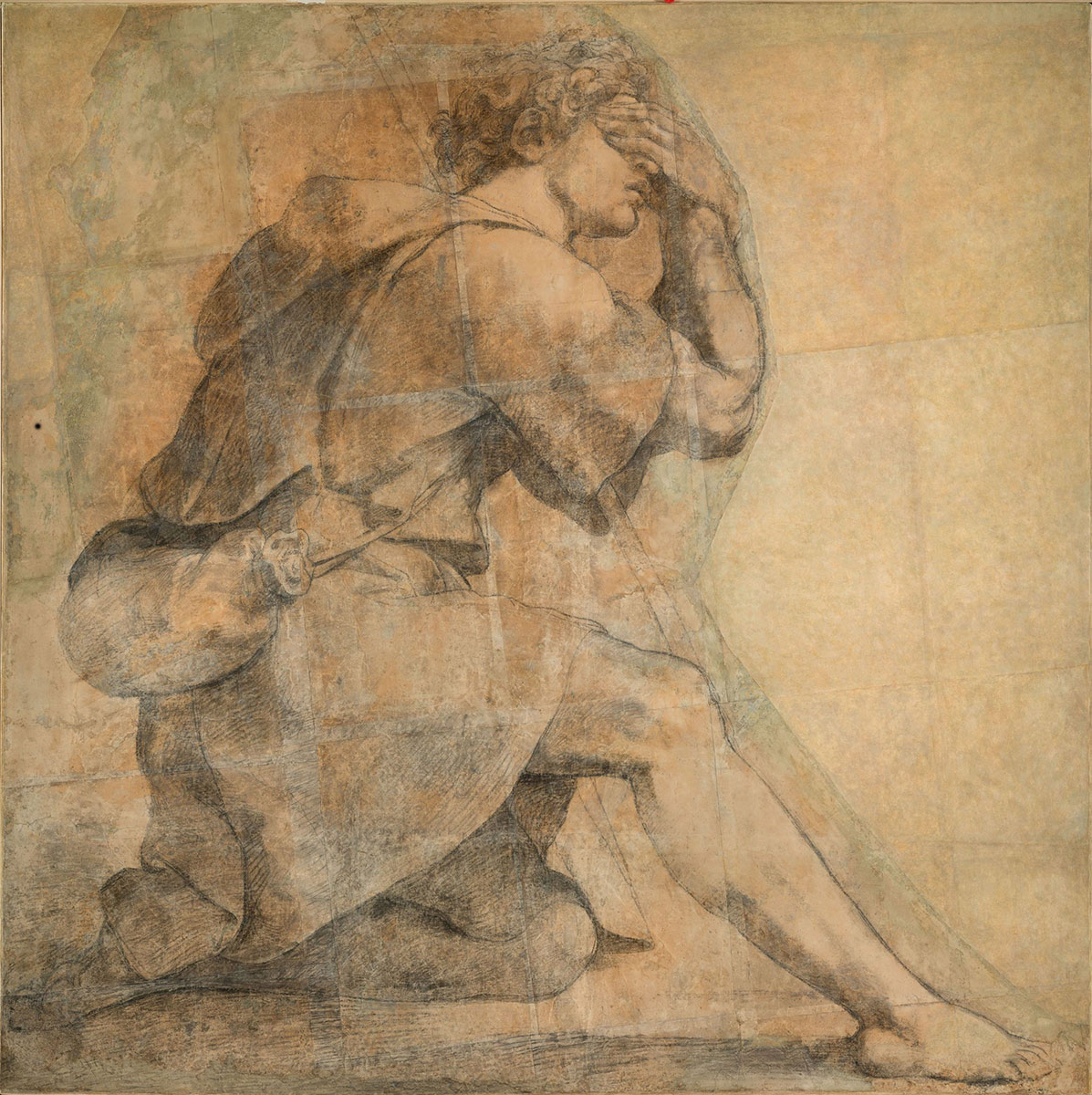
Naples in ParisThe Louvre Hosts the Museo di Capodimonte
7 June 2023 – 8 January 2024
Naples in Paris
The Louvre Hosts the Museo di Capodimonte
7 June 2023 – 8 January 2024
The Salle de la Chapelle is currently closed
For reasons beyond our control, Part 2 of the exhibition (Salle de la Chapelle) is currently closed to the public. We apologise for the inconvenience.
Visitors can still enjoy the exciting new dialogue between the Louvre's collections and those of the Museo di Capodimonte in the Grand Galerie until 8 January 2024. Furthermore, please recall that your museum entry ticket grants access to all the rooms of the Louvre. We wish you a pleasant visit.
LOCATION
7 June 2023–8 January 2024
Denon wing: Salon Carré and Grande Galerie
Sully wing: Salle de la Chapelle
7 June–25 September 2023
Sully wing: Salle de l’Horloge
SPECIAL PARTNERSHIP WITH THE MUSEO DI CAPODIMONTE
Reasserting the importance of collaborative efforts among European museums, the Musée du Louvre has formed a partnership of unprecedented scope with the Museo di Capodimonte for 2023.
The museo di Capodimonte
The royal palace (reggia in Italian), which once served as a hunting lodge for Naples’s Bourbon monarchs, is now one of the largest museums in Italy, as well as one of the most important picture galleries in Europe in terms of both number and quality of works. Capodimonte is one of the few museums in Italy whose collection covers all schools of Italian painting. It also houses the second largest department of drawings (after the Uffizi) and a remarkable collection of porcelain.
An exhibition at the heart of the collection
Approximately 60 major masterpieces from Capodimonte will be exhibited in three different places in the Louvre.
Salon Carré, Grande Galerie and Salle Rosa (Denon wing, Level 1)
The Musée du Louvre and the Museo de Capodimonte decided to join forces to mount a special exhibition showcasing masterpieces from the two museums. This exceptional six-month event will provide a unique insight into Italian painting from the 15th to the 17th century and offer a fresh perspective on the two collections.
The display will feature thirty-three paintings from the Museo di Capodimonte, considered some of the greatest Italian masterpieces. They will resonate with the Louvre’s collection of paintings by artists including Titian, Caravaggio, Annibale Carracci and Guido Reni, and shed light on Italian schools that have little or no representation in the Louvre – particularly the remarkable Neapolitan school, characterised by the dramatic and expressive style of artists such as Jusepe de Ribera, Francesco Guarino and Mattia Preti.
Exhibition highlights will include a poignant painting of the Crucifixion by Masaccio (a major artist of the Florentine Renaissance who is not represented in the Louvre’s collections), a large history painting called Transfiguration of Christ by Giovanni Bellini, without equivalent in the Louvre, and three of the finest paintings by Parmigianino, including his famously enigmatic Antea. The display of these works alongside the Louvre’s paintings by Correggio will undoubtedly be one of the high points of the exhibition.
Salle de la Chapelle (Sully wing, Level 1)
The diversity of artworks in the Museo di Capodimonte collection stems from its singular history. Before the unification of Italy (with the annexation of the Kingdom of the Two Sicilies in 1861), the Farnese, Bourbon and Bonaparte-Murat dynasties all contributed significantly to the creation of this impressive collection.
The fabulous loans on show in the Salle de la Chapelle will introduce visitors to the diversity of the Capodimonte collection. They include such major paintings as Titian’s Portrait of Pope Paul III and his Grandsons and El Greco’s Portrait of Giulio Clovio, together with some spectacular sculptures and objets d’art. Among the latter are the Farnese casket (which, like the golden salt cellar made by Benvenuto Cellini for King François I, is one of the most precious and refined artefacts by Renaissance goldsmiths), and Filippo Tagliolini’s extraordinary biscuit porcelain group, The Fall of the Giants. The overall display reflects the various golden ages of the Kingdom of Naples.
Salle de l’Horloge (Sully wing, Level 2)
The department of drawings in the Museo di Capodimonte boasts over 30,000 works of art. Some of these treasures once belonged to the humanist scholar Fulvio Orsini, librarian to the ‘Great Cardinal’ Alessandro Farnese, a grandson of Pope Paul III. Orsini took a revolutionary approach to collecting art and compiled the first collection in the world to include preparatory drawings and studies, among which are four remarkable cartoons initially thought to have been drawn by Raphael and Michelangelo. Two of those four are now recognised as rare drawings by the masters themselves: Moses before the Burning Bush by Raphael and Group of Soldiers by Michelangelo were preparatory cartoons for the decorations in the Vatican; however, the cartoons for the Madonna of Divine Love and Cupid Kissing Venus are thought to have been made by members of their circles.
Events related to the exhibition
Extending beyond the Louvre’s galleries, an ambitious programme of cultural events will lend this occasion the dimension of a veritable Neapolitan season in Paris.
Organized by
Exhibition curators:
Sébastien Allard, director of the Department of Paintings, Musée du Louvre, and Sylvain Bellenger, director of the Museo di Capodimonte.
Associate curators:
Charlotte Chastel-Rousseau, curator in the Department of Paintings, Musée du Louvre; Alessandra Rullo, curator, Patrizia Piscitello, curator, Carmine Romano, curator, Caroline Paganussi, conservation executive, and Francesca Dal Lago, management executive, Museo e Real Bosco di Capodimonte.
Remerciements
Cette exposition et sa programmation culturelle bénéficient du soutien de Deloitte, Grand mécène.
Elle bénéficie également du soutien de Citi et de Lusis.
Avec le soutien de Canson pour la section arts graphiques de l’exposition.
Avec le soutien du Cercle des Mécènes du Louvre pour la programmation « Naples en musique ».
Dossier pédagogique
Selected works
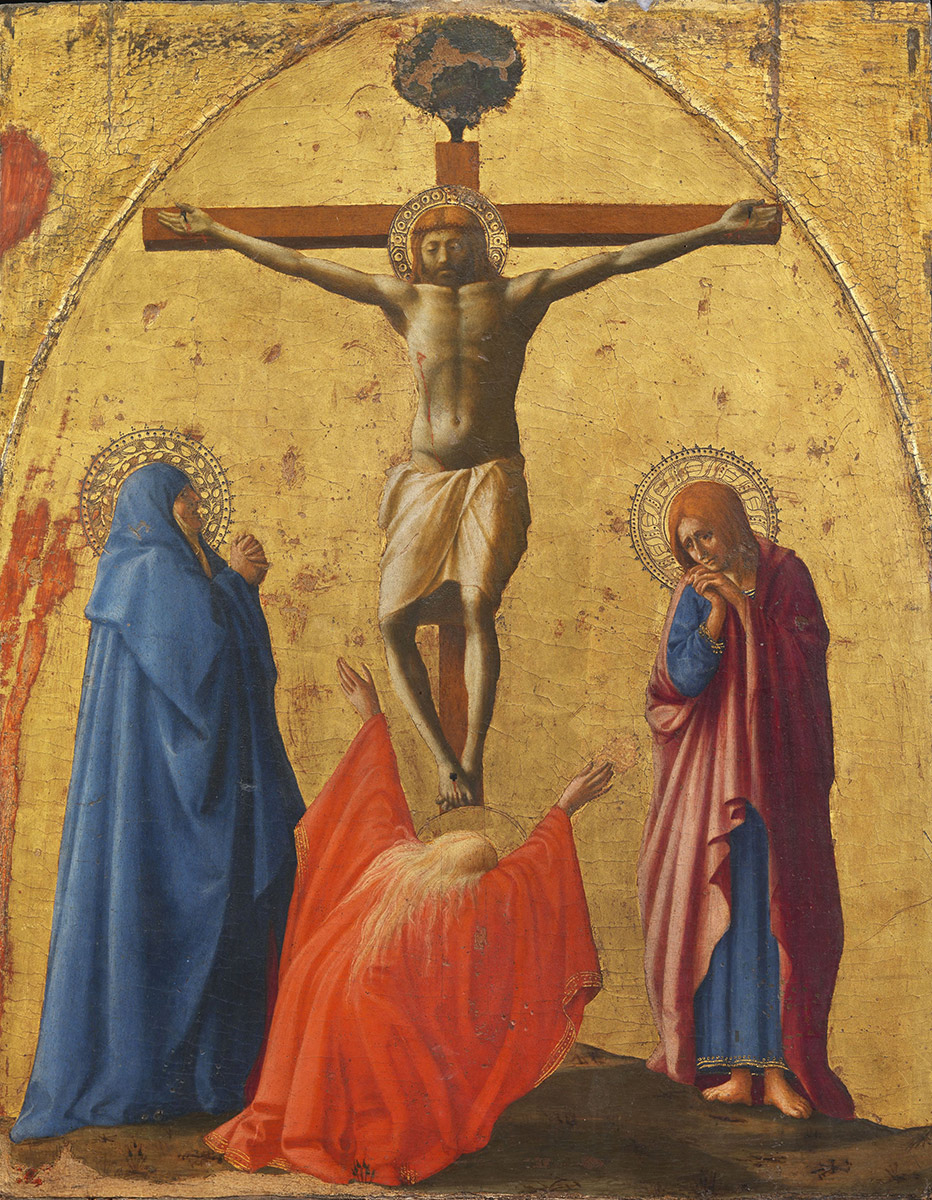
Masaccio, La Crucifixion. 1426.
1 sur 6
